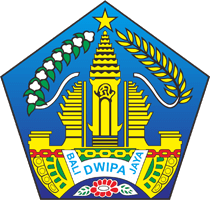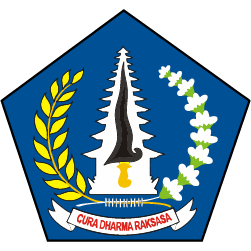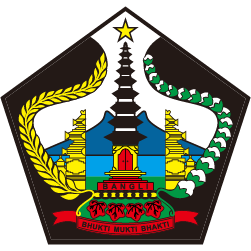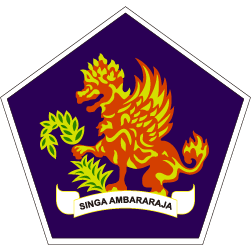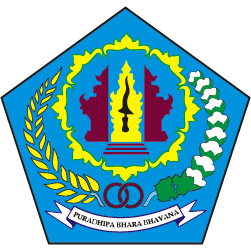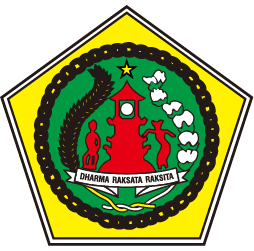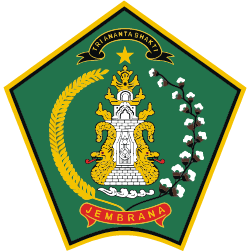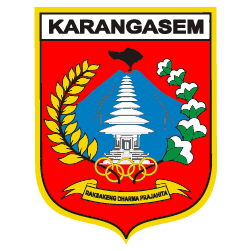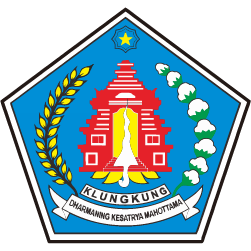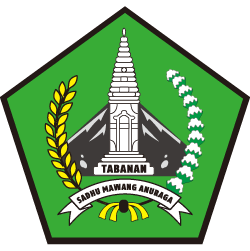Sate Renteng: The Evidence Of Goddess Durga’s Strength
Sate Renteng: The Evidence Of Goddess Durga’s Strength.
In religious life, Hindu-Balinese often carry out religious ceremonies as a form of gratitude to Sang Hyang Widhi. One form of gratitude during the ceremony is by preparing ceremonies or offerings. Upakara facilities in Bali are known by various forms and types. One of them is Sate Renteng. This ceremony has a unique shape. Where it consists of several skewers and a series of pork rinds. Then, what exactly is the meaning of Sate Renteng?
The Philosophy of Sate Renteng
In every Hindu-Balinese religious ceremony, Sate Renteng is an uperengga or a complement to offerings in the ceremony. However, Sate Renteng must be mandatory in every ceremony dedicated to Dewi Durga or Banten Bebangkit. Because all offerings made from processed pork is actually dedicated to Goddess Durga.
The form of Sate Renteng actually has a philosophical meaning. Sate Renteng originated from a request from Dewa Wisnu to Dewi Durga to kill a giant named Mahishasura who at that time attacked the gods in heaven. Lord Vishnu was sure that only Goddess Durga was able to conquer it. The request was granted by Dewi Durga. But with the condition that all the weapons of the gods must be collected to be used as a tool to defeat the giant. With his strength, Mahisashura was conquered by Goddess Durga. Therefore, as a form of gratitude to the Hindu-Balinese goddess, the offerings made from pigs are then made in the form of nine weapons of the gods.
Sate Renteng consists of several types. First there is Sate Renteng Puspusan which uses coconut as its ingredient. Where there are 13 pieces of skewers, but not using Bagia Pulekerti. Second is Sate Renteng Sari. In this satay, there is Bagia Pulekerti, but it is still based on 13 pieces of skewers. Third is Whole Renteng Satay. This level of this satay is quite high. Because the base uses the whole pig's head. Finally, there is the Sate Renteng Dewi Durga which has the highest level. Because, not only using a pig's head but also red chili which symbolizes Goddess Durga's fangs.
In one offer of Sate Renteng, it must be equipped with various objects and special Balinese food. Such as tamarind satay, serapah satay, lamat satay, kekuwung, bagia pulekerti, weapons nawa sanga gods, penyelah, aling-aling, lawing, japit balung, and japit babi. In addition, Sate Renteng is also required to use coconut as a symbol of the earth. If for aesthetic or artistic purposes, you can use banana stems. But it is obligatory to use as many as three seeds to symbolize Tri Bhuwana or the three realms.
In addition to pork that is used for banten, apparently pork bones are also used as supplementary material. These bones include cartilage, femur, coccyx, knee bone, and so on. These bones will be shaped like the weapons of the gods.
In addition to some of the components that have been mentioned, the placement of the pig’s organs must be according to the wind direction. Lung in the east, heart in the south, bile in the west, spleen in the north, and kidney in the middle. This component should be included in the Sate Renteng series, because this is a symbol of life for Goddess Durga.
Banten Sate Renteng is more widely used by Hindus-Balinese in Denpasar. This proves that although modernization often afflicts this region, the religious value is still maintained by the people.





